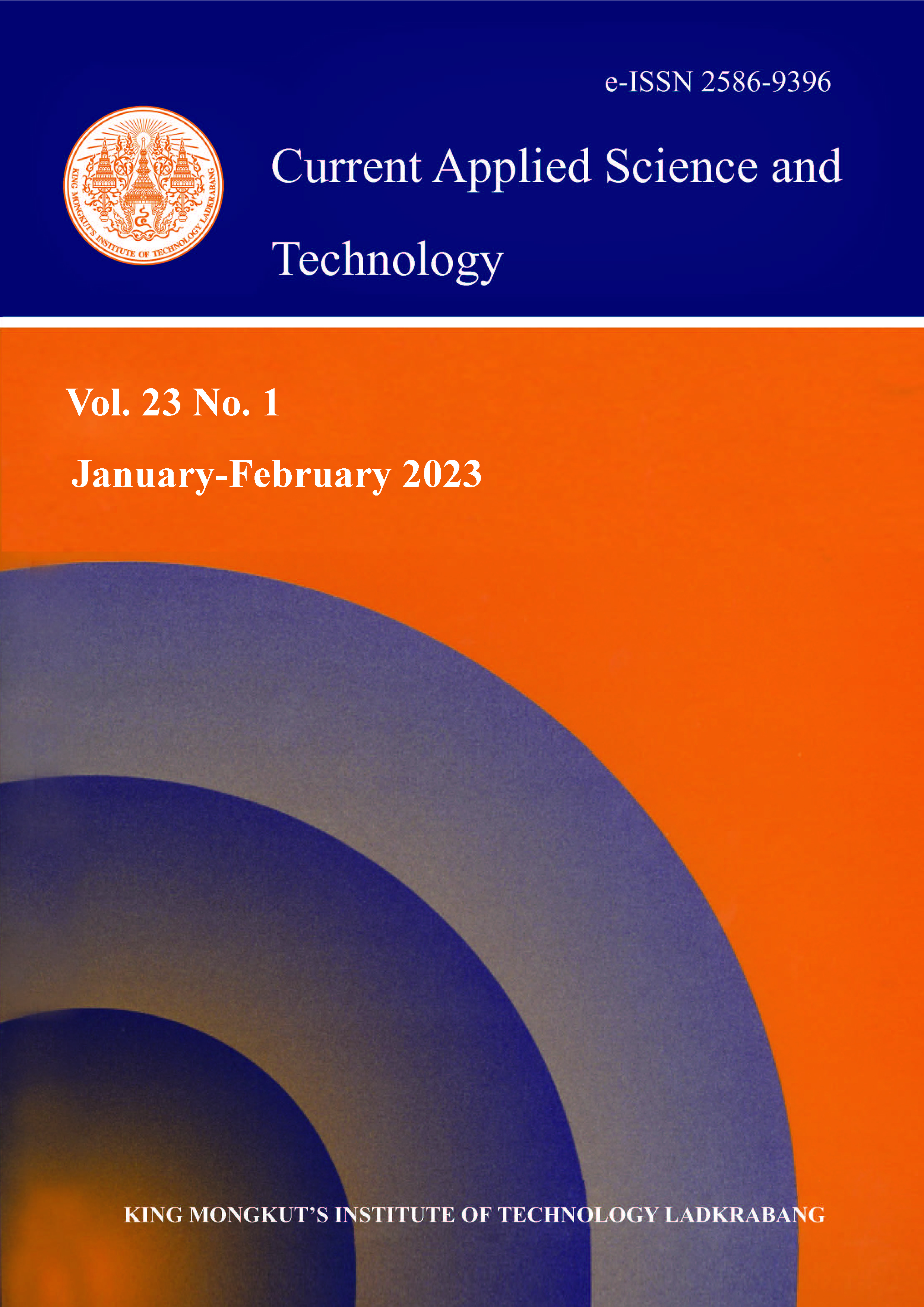Cotton bollworm, Helicoverpa armigera Hübner (Lepidoptera: Noctuidae), is one of the major pests in the cotton fields, and threatens the sustainability of cotton production due to its polyphagous and cosmopolitan behaviors. Risk levels of moth distribution depend on spatial-temporal changes. Therefore, this study aimed at performing spatial-temporal analysis of H. armigera moth population in the southeastern area of the Caspian Sea (Golestan province, Iran) using the Geographic Information System (GIS). Almost weekly data (7-10 days), the moth distributions of H. armigera were collected from 65 cotton fields from May 30, 2020, to September 17, 2020. The moth’s population maps of H. armigera were estimated using an Inverse Distance Weighting (IDW) interpolation method. Spatial autocorrelations and data clustering for the moth populations were performed by Moran's I analysis to highlight moth population hotspots on the shores of Caspian Sea. The result of the spatial analysis showed that moth of H. armigera distributed aggregation pattern during the cotton growing season. Interpolated maps (IDW) of H. armigera moth showed that almost all of the hotspots were located in the southeastern areas of the Caspian Sea.
Keywords: cotton bollworm; Global Moran's I; hotspots; Local Moran's I
*Corresponding author: Tel.: (+98) 173-224-4005
E-mail: m.jokar@areeo.ac.ir
Jokar*, M. . (2022). Spatial Distribution of Cotton Bollworm in Southeastern Shores of the Caspian Sea, Golestan Province, Iran. CURRENT APPLIED SCIENCE AND TECHNOLOGY, DOI: 10.55003/cast.2022.01.23.014 (8 pages). https://doi.org/10.55003/cast.2022.01.23.014

